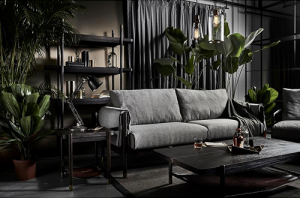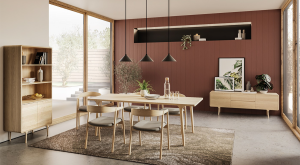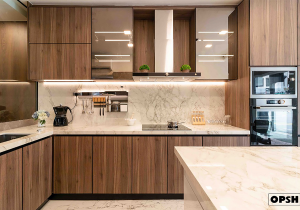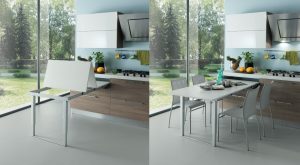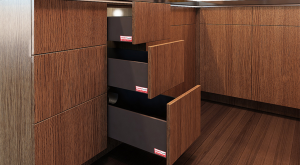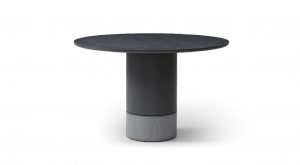Featured Post
How to Design a Kid-Friendly Bedroom: A Comprehensive Guide
Designing a bedroom for your child is an exciting opportunity to create a space that's safe, functional, and fun. It's a chance to blend practicality with creativity, ensuring the room not only meets your child's current needs but also adapts as they grow. In this guide, we'll explore everything you need to know about designing a kid-friendly bedroom, from choosing the right furniture to incorporating personal touches that make the space truly special.
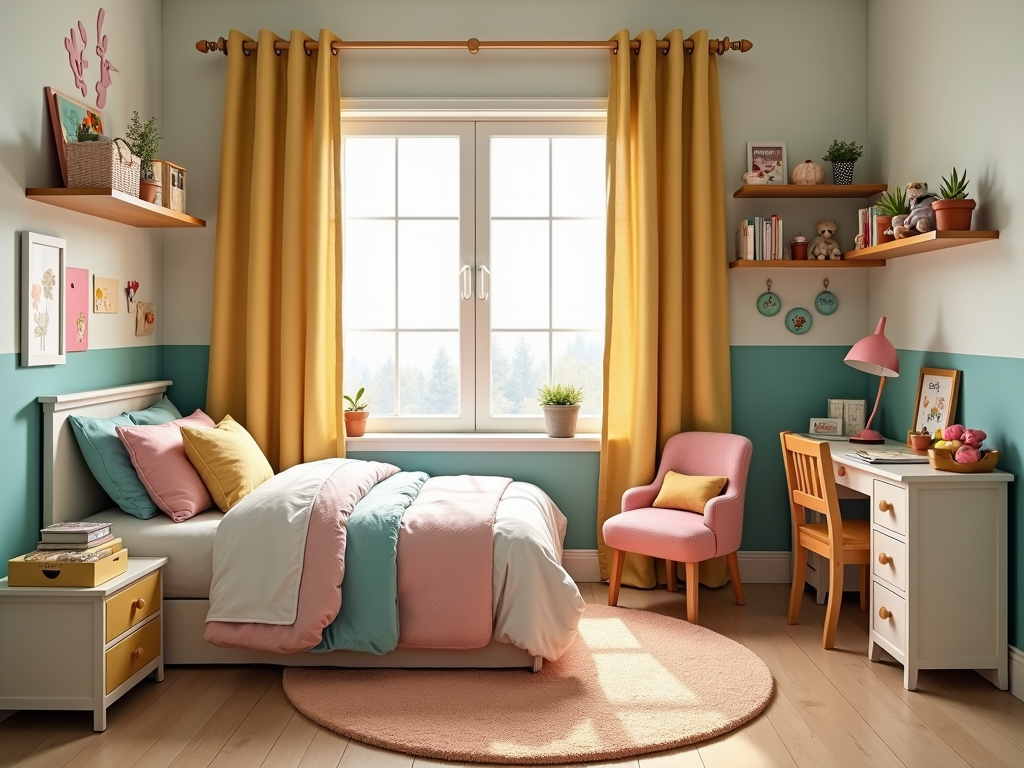
Choosing the Right Furniture
When it comes to furnishing a kid's bedroom, safety and functionality are key. Start with the basics: a bed, a nightstand, and storage solutions. For the bed, consider a twin or full-size bed with a sturdy frame and a comfortable mattress. If space is limited, a loft bed or a bed with built-in storage can be a great option.
Nightstands are an essential piece of furniture in any bedroom, and kids' rooms are no exception. When choosing a nightstand for your child's room, look for one that's sturdy, has no sharp edges, and is at a height that's accessible for your child. A nightstand with drawers or shelves can provide extra storage for books, toys, or bedtime essentials.
I remember when I was selecting a nightstand for my own child's room. I wanted something that was not only functional but also matched the overall theme of the room. I ended up choosing a simple wooden nightstand with a single drawer and an open shelf. It was the perfect size for my child's bedside lamp and a few favorite books. Plus, the rounded edges gave me peace of mind knowing that my child wouldn't get hurt if they bumped into it.
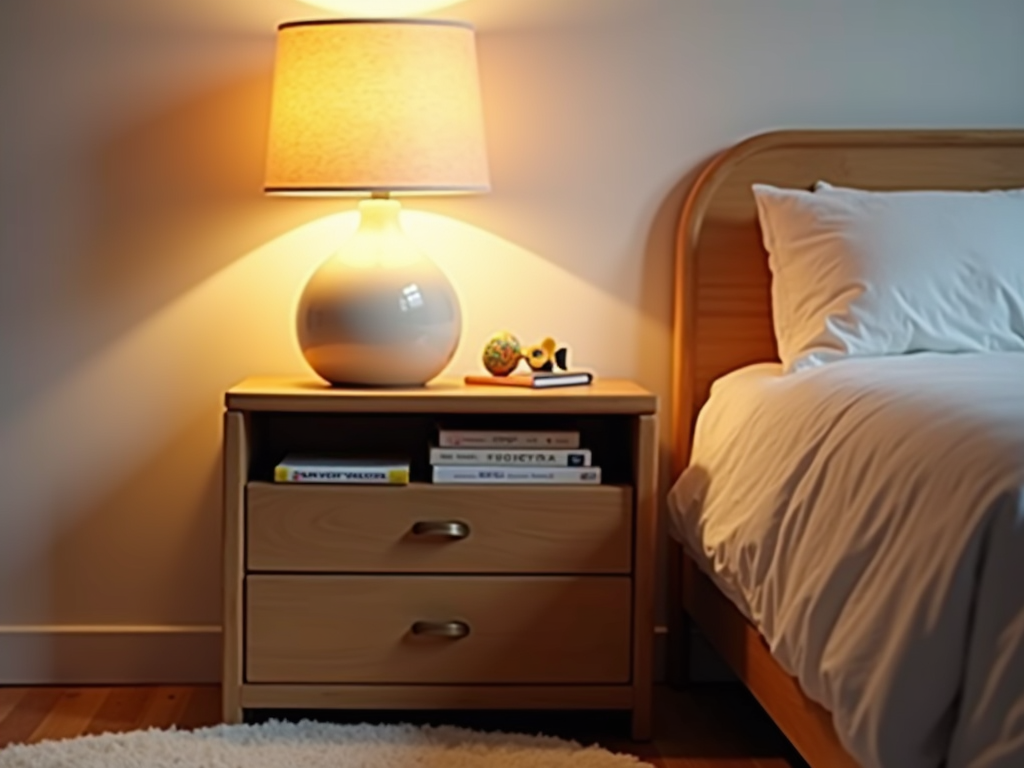
Incorporating Storage Solutions
Storage is crucial in a kid's bedroom to keep the space organized and clutter-free. There are many creative ways to incorporate storage into the room's design. Under-bed drawers are a great way to utilize otherwise wasted space. Wall shelves can hold books, toys, or decorative items, and toy chests or bins can keep larger items out of sight.
When I was designing my child's room, I made sure to include plenty of storage options. We installed floating shelves above the desk for books and art supplies, and we used a large toy chest at the foot of the bed for stuffed animals and larger toys. I also added a few baskets on the floor for easy access to smaller items. This not only kept the room tidy but also encouraged my child to take responsibility for cleaning up after playtime.
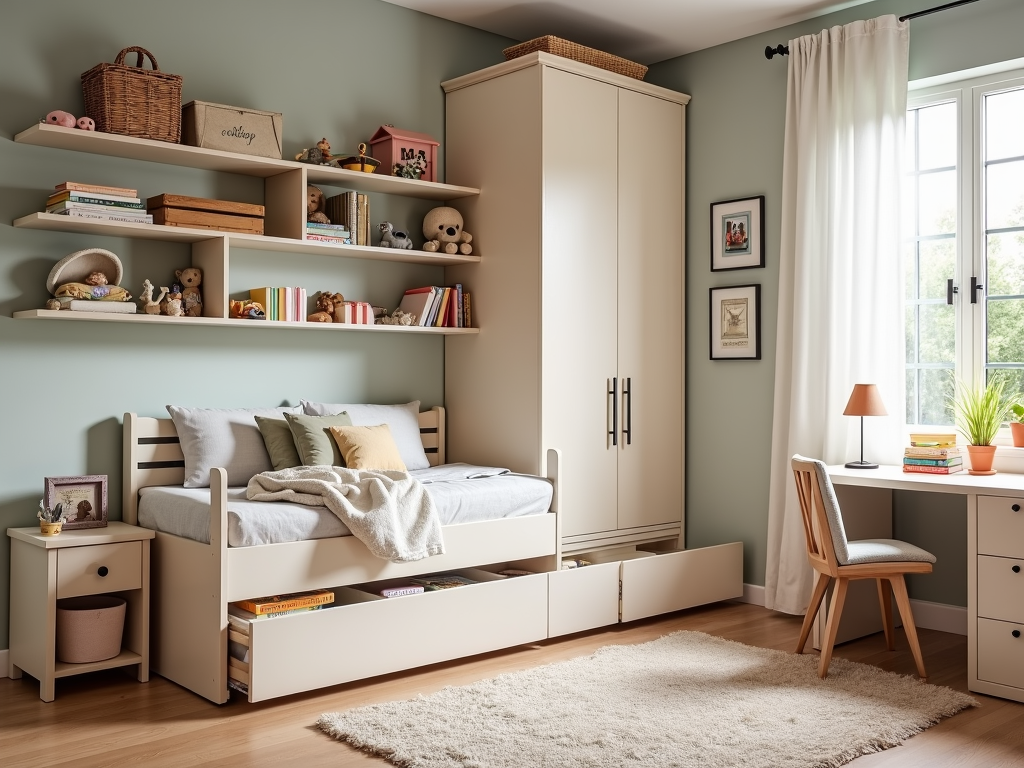
Selecting Colors and Themes
The colors and themes you choose for your child's bedroom can have a big impact on the overall feel of the space. Opt for a color palette that's soothing yet playful, such as soft pastels or muted tones with pops of brighter colors. When it comes to themes, consider your child's interests but try to avoid anything too trendy or temporary. A theme that's too specific might need to be updated frequently as your child's tastes change.
For my child's room, we chose a nature-inspired theme with a color palette of greens, blues, and yellows. We painted the walls a soft green and added decals of trees and animals. The bedding and curtains featured patterns of leaves and flowers, tying the whole look together. This theme was versatile enough to grow with my child and could easily be updated with new accessories as their interests evolved.
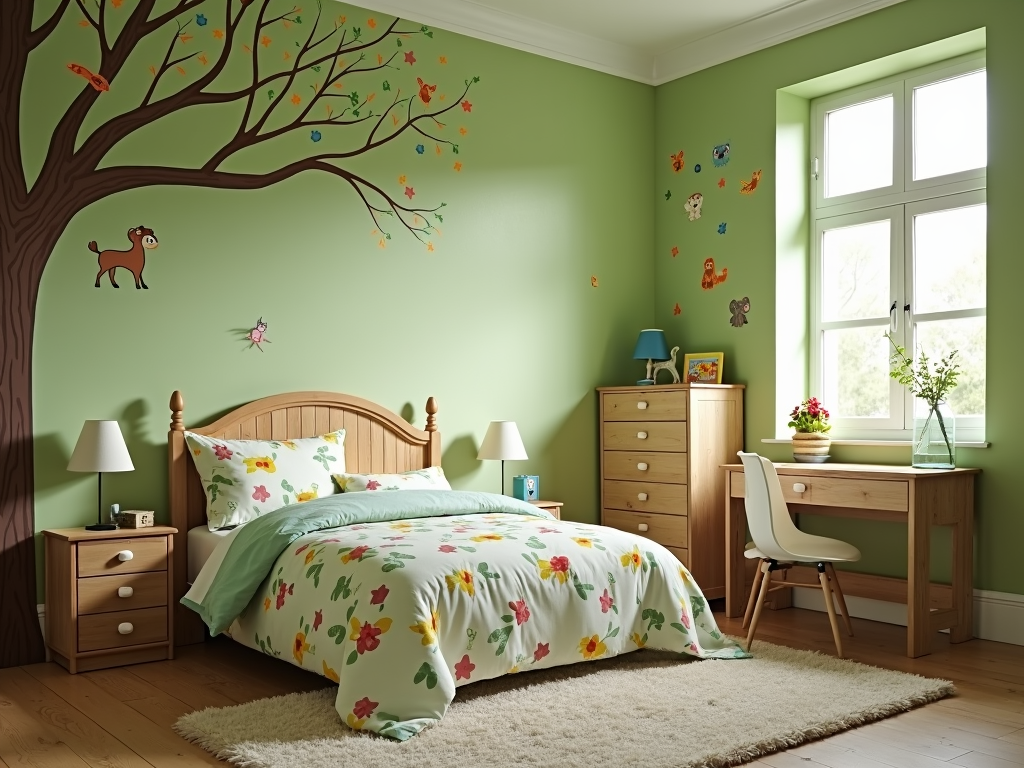
Ensuring Safety
Safety is paramount in a kid's bedroom. Start by securing heavy furniture, like dressers and bookcases, to the wall to prevent tipping. Use cordless window treatments to avoid strangulation hazards, and cover electrical outlets with safety plugs. Make sure all furniture has rounded edges and is made from non-toxic materials.
I learned the importance of safety the hard way when my child was a toddler. One day, I found them trying to climb the dresser, which wasn't anchored to the wall. Thankfully, nothing happened, but it was a wake-up call. I immediately secured all the furniture in the room and double-checked for any other potential hazards. It's a lesson I'll never forget, and I always advise other parents to prioritize safety in their child's bedroom.
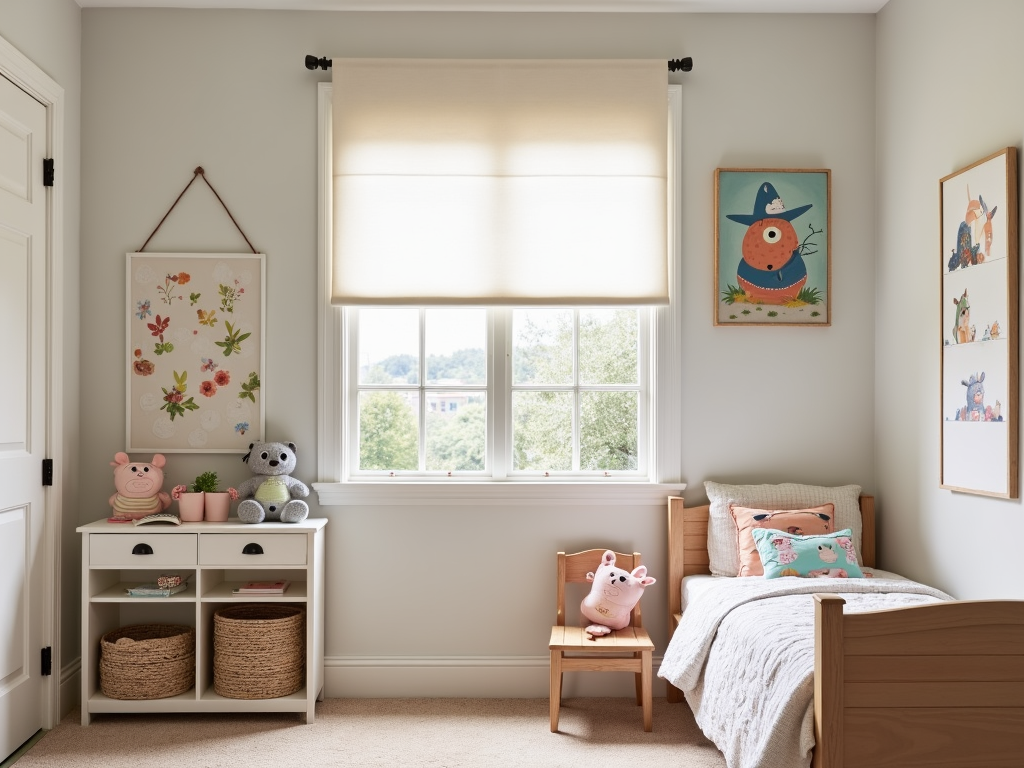
Adding Personal Touches
Personal touches make a kid's bedroom feel special and unique. Incorporate your child's artwork, photos, or handmade items into the decor. You can create a gallery wall with their drawings, display their favorite toys on shelves, or hang a growth chart to track their height over the years.
One of my favorite projects was creating a DIY name sign with my child. We painted wooden letters together and hung them above the bed. It was a fun bonding activity, and the sign added a personal touch to the room. My child was so proud to see their name displayed in their own space, and it made the room feel truly theirs.
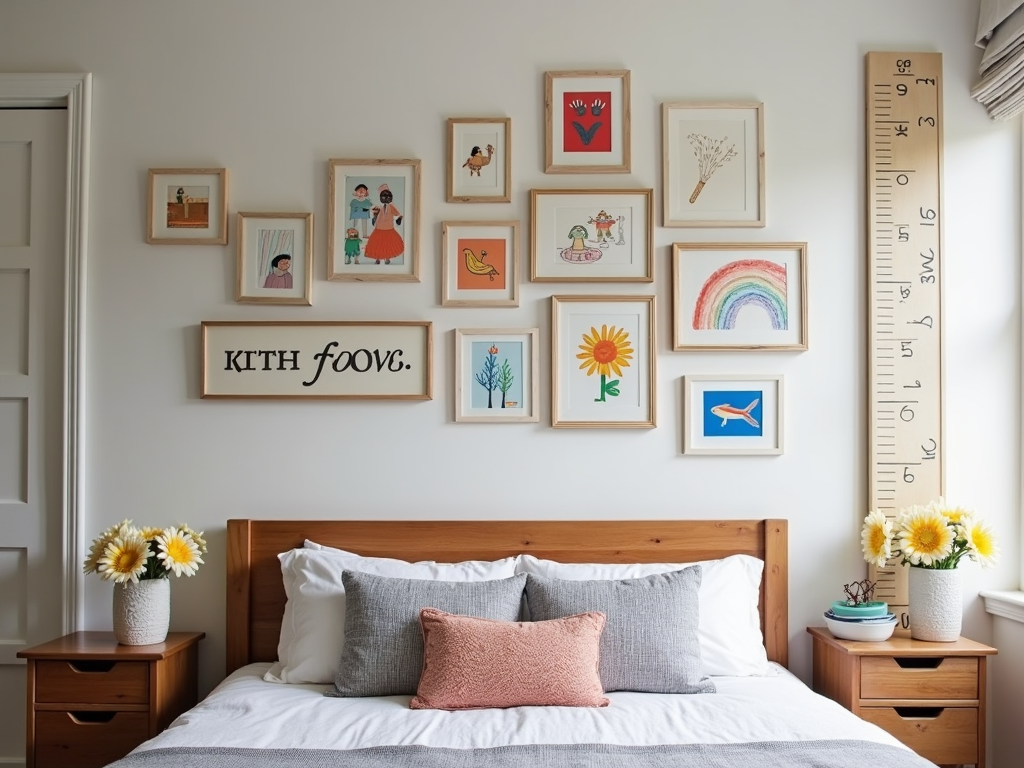
Designing a kid-friendly bedroom is a rewarding experience that combines creativity with practicality. By focusing on safety, functionality, and personal touches, you can create a space that your child will love and cherish for years to come. Remember to choose furniture that's sturdy and safe, incorporate plenty of storage solutions, select colors and themes that inspire, and add personal touches that make the room unique. With these tips in mind, you'll be well on your way to designing the perfect bedroom for your child.


